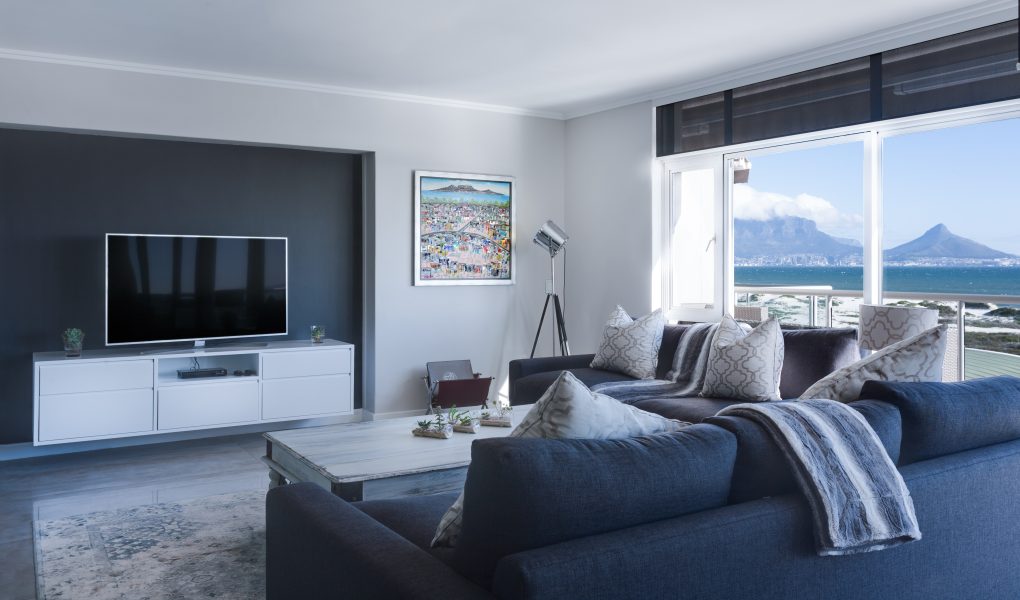As an interior designer, you are always looking for ways to streamline your workflow, come up with creative ideas, and provide excellent service to your clients.
One tool that can help you achieve these goals is ChatGPT, a large language model trained by OpenAI.
ChatGPT is based on the GPT-3.5 architecture and is designed to understand natural language and generate human-like responses to text input. This makes it a great tool for interior designers who need to communicate with clients, vendors, and contractors in a clear and concise manner.
In this blog post, we’ll explore how ChatGPT can be used in the field of interior design, including its benefits, limitations, and best practices.
Benefits of ChatGPT for Interior Design.
There are several benefits of using ChatGPT in the field of interior design, including:
Improved Communication with Clients.
Improved communication with clients is one of the primary benefits of using ChatGPT in the field of interior design. By using natural language to describe design concepts, discuss options, and answer questions, ChatGPT can help bridge the gap between designers and clients and make it easier for clients to understand and visualize design ideas.
ChatGPT can also help interior designers communicate more effectively with clients who may not have a background in design or may struggle to articulate their vision for a project. By using ChatGPT, designers can break down complex design concepts into simpler terms, making it easier for clients to understand and participate in the design process.
Moreover, ChatGPT can be particularly helpful when working with clients remotely or when clients are unavailable to meet in person. With ChatGPT, designers can communicate with clients in real-time, answering questions and addressing concerns as they arise.
In addition to improving communication between designers and clients, ChatGPT can also help designers communicate with vendors, contractors, and other professionals involved in a project.
By using natural language to describe project requirements, designers can ensure that all stakeholders are on the same page and that the project is executed according to plan.
5 Ways ChatGPT Can Revolutionize Your Interior Design Business
Increased Efficiency.
Increased efficiency is another significant benefit of using ChatGPT in the field of interior design. With ChatGPT, designers can quickly access a wide range of information, including design inspiration, product specifications, and industry trends. This can help designers streamline their workflow and make informed decisions about design choices and project requirements.
Moreover, ChatGPT can help designers save time by automating routine tasks such as scheduling appointments or sending follow-up emails. By using ChatGPT to handle administrative tasks, designers can focus their time and energy on more creative aspects of their work, such as designing and collaborating with clients.
ChatGPT can also help designers save time by providing quick and accurate responses to client questions and concerns. By using natural language to describe design concepts and respond to client inquiries, designers can provide information more quickly and efficiently than they might be able to do in person or over the phone.
In addition to saving time, ChatGPT can also help interior designers save money by reducing the need for costly in-person meetings or consultations.
With ChatGPT, designers can communicate with clients remotely, reducing travel costs and allowing them to work with clients from anywhere in the world.
Access to a Wide Range of Information.
Access to a wide range of information is one of the significant benefits of using ChatGPT in the field of interior design. With ChatGPT, designers can quickly search for and access information about products, materials, and design trends, helping them stay up-to-date and informed about the latest industry developments.
ChatGPT can help designers research and compare products, materials, and finishes, enabling them to make informed decisions about which products to use in their designs. By using natural language to describe product specifications, designers can quickly identify products that meet their project requirements and make informed decisions about which products to recommend to their clients.
Moreover, ChatGPT can help designers stay up-to-date on the latest design trends and industry developments. By searching for and accessing information from a variety of sources, designers can stay informed about emerging design styles, materials, and technologies, helping them provide innovative and cutting-edge designs to their clients.
In addition to providing access to information about products and materials, ChatGPT can also help designers access information about building codes, regulations, and industry standards.
By using ChatGPT to research regulatory requirements and best practices, designers can ensure that their designs meet legal and safety requirements, protecting their clients and avoiding costly mistakes.
Creative Inspiration.
Creative inspiration is another significant benefit of using ChatGPT in the field of interior design. With ChatGPT, designers can access a wide range of design inspiration, including images, articles, and other resources that can help spark their creativity and provide new ideas for their projects.
ChatGPT can help designers discover new design styles, techniques, and approaches, enabling them to develop their design skills and create unique and innovative designs for their clients.
By using ChatGPT to search for and access design inspiration from a variety of sources, designers can find inspiration from a range of styles, cultures, and eras, allowing them to create designs that are both timeless and contemporary.
Limitations of ChatGPT for Interior Design.
While there are many benefits to using ChatGPT in the field of interior design, there are also some limitations to consider, including:
Lack of Personalization.
One of the main limitations of ChatGPT is the lack of personalization. While ChatGPT can generate responses based on the input provided, it does not have the ability to understand the unique needs and preferences of individual clients.
This means that the responses generated by ChatGPT may not always be tailored to the specific needs of your clients.
10 Hacks for Using ChatGPT to Simplify Your Interior Design Process
Reliance on Text Input.
Another limitation of ChatGPT is its reliance on text input. While ChatGPT can generate natural language responses to text input, it does not have the ability to interpret non-textual input, such as images or videos.
This means that you may need to supplement ChatGPT with other tools or methods to fully communicate your design concepts to clients.
Potential for Misinterpretation.
Finally, there is always the potential for misinterpretation when using ChatGPT. While ChatGPT is designed to generate human-like responses, it is not perfect and may generate responses that are confusing or unclear.
You’ll need to be careful when using ChatGPT to ensure that your clients understand your design concepts and ideas.
Best Practices for Using ChatGPT in Interior Design.
To get the most out of ChatGPT in the field of interior design, there are several best practices to follow, including:
Use Clear and Concise Language.
When using ChatGPT, it is essential to use clear and concise language to ensure that your clients understand your design concepts and ideas. Avoid using technical jargon or complex language that may confuse or overwhelm your clients. Instead, focus on using simple and straightforward language that conveys your message clearly.
Provide Context and Additional Information.
To help ChatGPT generate more accurate and relevant responses, it is essential to provide context and additional information when inputting prompts or questions. This can include information about your client’s preferences, design style, or specific project requirements.
Supplement with Visual Aids.
While ChatGPT is designed to generate responses based on text input, it can be helpful to supplement your conversations with visual aids, such as sketches, floor plans, or mood boards.
This can help your clients better understand your design concepts and ideas, and can also provide inspiration for future projects.
Don’t Over-rely on ChatGPT.
While ChatGPT can be a powerful tool for interior designers, it should not be relied on as the sole method of communication with clients. It is essential to maintain a personal touch and communicate with clients in person or over the phone to build trust and establish a strong working relationship.
Use Ethical Practices.
Finally, it is essential to use ethical practices when using ChatGPT in the field of interior design. This includes respecting your clients’ privacy, maintaining confidentiality, and ensuring that your use of ChatGPT aligns with professional standards and regulations.
Conclusion.
ChatGPT can be a valuable tool for interior designers looking to improve their communication with clients, increase efficiency, access a wide range of information, and find creative inspiration.
However, it’s important to understand the limitations of ChatGPT and follow best practices to ensure that you are using it effectively and ethically.
By using ChatGPT in conjunction with other tools and methods, interior designers can enhance their workflow and provide exceptional service to their clients.





